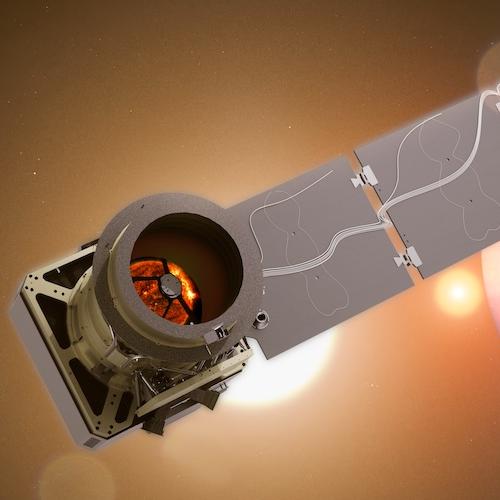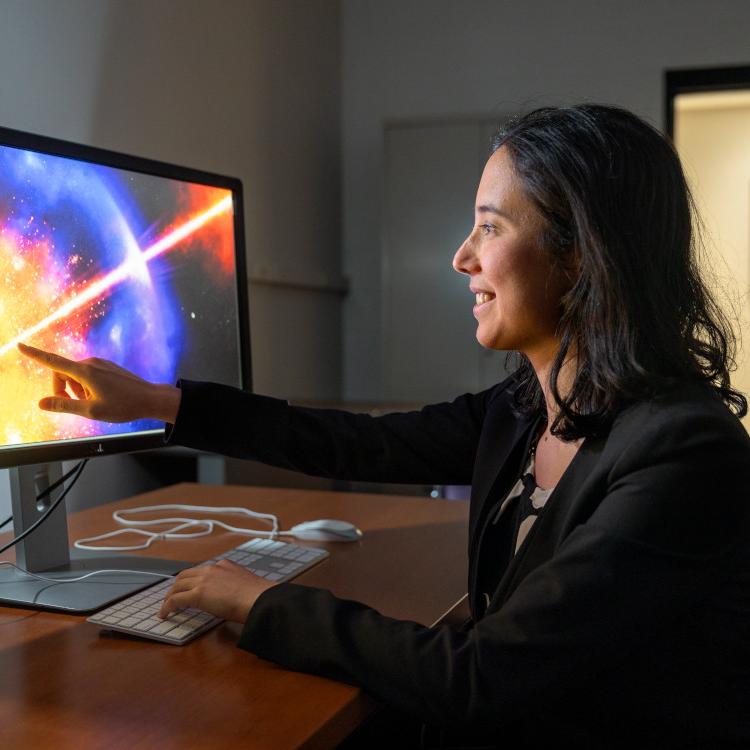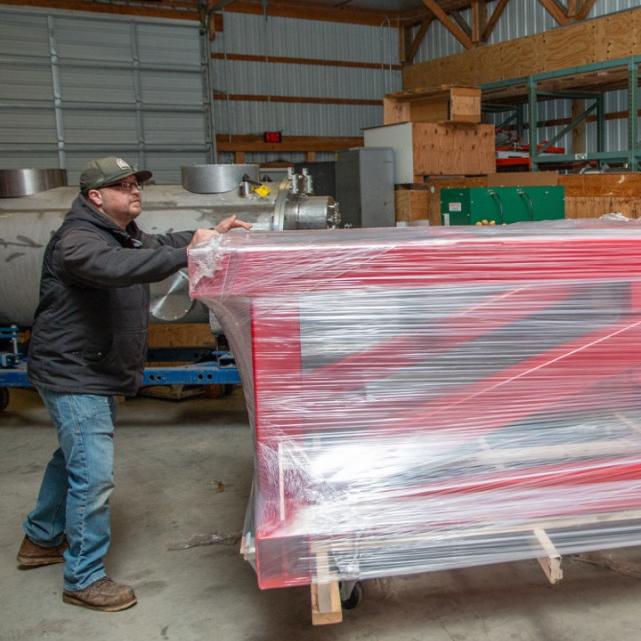Astronomers working on the Event Horizon Telescope (EHT) project this morning debuted the first direct image of a supermassive black hole at the center of a galaxy 54 million light-years away. The image revealed the shadow of the supermassive black hole surrounded by an asymmetric ring of bright emission from the hot gas swirling around it.
James Cordes, professor of astronomy at Cornell University, and Shami Chatterjee, a researcher at Cornell’s department of astronomy are members of the EHT collaboration pulsar working group, which focuses on finding pulsars around the supermassive black hole at the center of the Milky Way galaxy. They are available for interviews about today’s breakthrough.
Cordes and Chatterjee say:
“M87 is a giant elliptical galaxy in the Virgo cluster, about 55 million light years away, and the supermassive black hole in its center is about 6.5 billion times more massive than our sun. The image produced by the EHT is a huge step forward for astronomy, and spectacular confirmation of our understanding of black holes.
“The supermassive black hole at the heart of our Milky Way, Sgr A*, is much less massive, about 4 million (not billion) times the mass of our sun, but it is much, much closer, only 26 thousand light years away. With plenty of hard work, the EHT should eventually be able to produce images of Sgr A* as well. And there is the tantalizing prospect of finding pulsars in orbit around Sgr A* as well. If we succeed, that would be extraordinary.
“Pulsars emit regular radio pulses, like ticks of a clock, but as the pulses pass near the event horizon of a massive black hole, the distortion in space-time caused by the intense gravity of the black hole will cause the spacing between the ticks to shrink and expand. So, these ticks will offer a very powerful way to study the distortions in space-time at the heart of our galaxy, giving us information that complements a future image of Sgr A*.”






